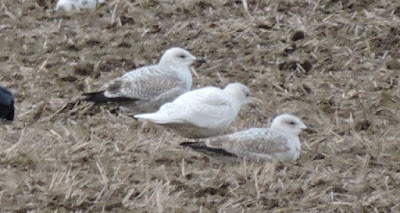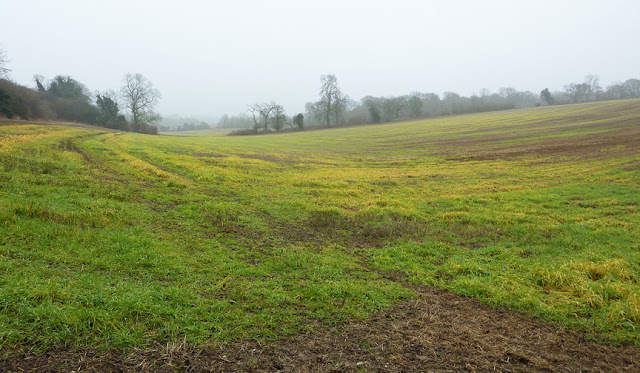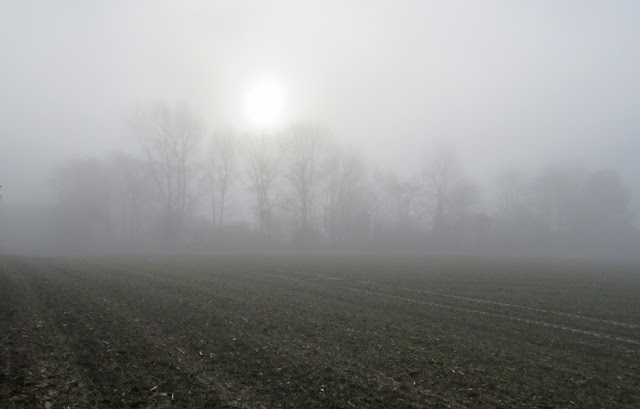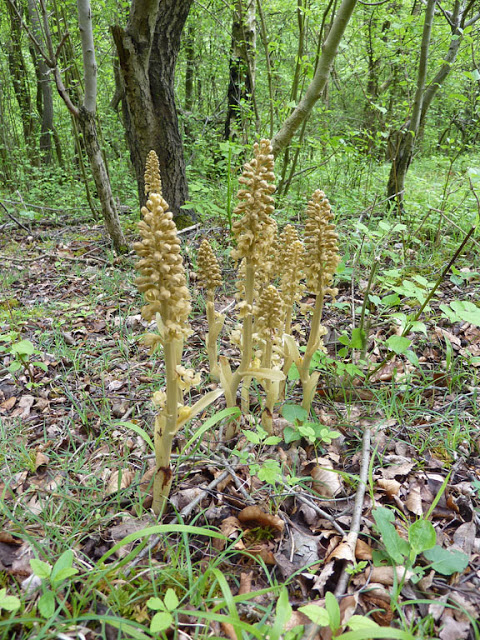New links and next year
The end of year blog tidy is underway. Some of my blog links seem to have been inactive for a length of time that suggests that they are no longer maintained, so they have been removed (and if they are awoken at a later date, please let me know). In their place I have added some fresh blood. Please welcome: Madcap pan-lister Seth Gibson who has found himself living on a Scottish Island for the winter, and between this, and a possible return to the Isles of Scilly in the summer, will regale us with his search to identify every living thing that he comes across. He has no limits... he has no shame... expect a hairy ride. I do have a soft spot for the south and south-west English coast, so am happy to welcome the following blogs into the ND&B fold: Birding Exmouth, Axe Birding, Sea & Sky I will be adding a few more over the coming weeks. I broke tradition in 2016 and had no firm targets or plans for my natural history time. 2017 will be different. For th...















